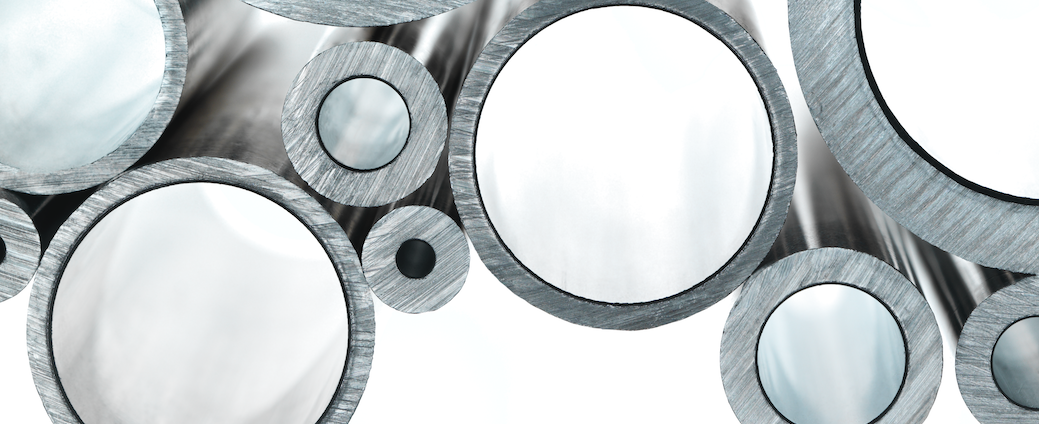Send us your feedback
Here you can send us feedback on the Maxess-website. Please describe the problem or what’s missing in a clear way, and on what page you found the issue. Thank you so much for your help!
X-rays on duplex stainless steel
In collaboration with KTH, the steel manufacturer Sandvik Materials Technology, a business area at Sandvik, developed an experimental setup based on synchrotron X-rays to study the effect of hydrogen on the microstructure of duplex stainless steel. This project has triggered a long-term interest in the opportunities at large-scale synchrotron facilities for the steel industry’s R&D activities.
Under seawater cracks
The stainless steel manufacturer Sandvik Materials Technology wants to investigate its duplex stainless steel at an atomic scale. This material is known for its high resistance to corrosion and high mechanical strength. However, in some cases, the steel shows to be potentially susceptible to hydrogen embrittlement and subsequent failure in specific under seawater applications. Using synchrotron radiations, the researchers at Sandvik Materials Technology and KTH aim to develop an experimental approach that can help characterise such hydrogen-induced cracking and gain the fundamental understanding that will contribute to developing even better duplex stainless steels.

Very small, very fast
Duplex stainless steels are a family of steels with a structure composed of an austenite phase and a ferrite phase which provides high mechanical strength and high corrosion resistance. Duplex stainless steels can be affected by hydrogen-induced stress cracking (a type of hydrogen embrittlement) in subsea applications when subjected to cathodic protection where hydrogen is generated. Understanding the dynamic of hydrogen interaction with the microstructure at the atomic scale can help Sandvik Materials Technology make their duplex stainless steel more resistant.
Studying the role of hydrogen in degrading the microstructure of stainless steel is very challenging due to the scale and the conditions at which this degradation occurs. The strains in the steel microstructure associated with hydrogen infusion are so small – in the sub-Ångstrom length – and the mobility of hydrogen in microstructures so high that the experiments require a rapid measurement of the material under mechanical stress. Performing such measurements becomes possible with synchrotron light, enabling x-ray diffraction experiments with ultra-high spatial and temporal resolution.
A spark for future opportunities
The researchers from Sandvik Materials Technology and KTH performed high-energy X-ray diffraction (XRD) experiments at the Petra III synchrotron in Germany. The team successfully developed a promising experimental setup for in-situ observations of the effect of hydrogen on the steel microstructure. The results collected with this setup confirmed the development of tensile strains in the microstructure where hydrogen enters the material and the interaction between the austenite and ferrite phases increases the resistance to cracking. This collaboration sparked the formation of a network of experts in different fields focusing on material research and has enabled access to large-scale synchrotron facilities with a special focus to meet industrial demands.
Contact Partners
Case Details
Sandvik Materials Technology
Corrosion Science – Jinshan PanSwedish Material Science Beamline P21



